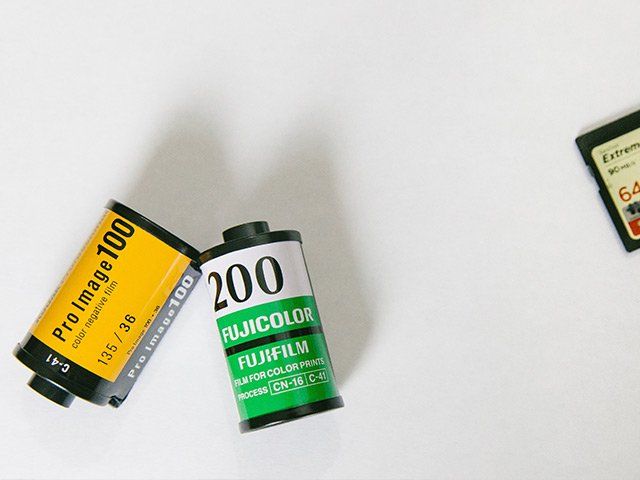

#KODAK C 41 PROCESSING FULL#
It allows the full EI250 speed and good tolerance for incorrect exposures, it also gave colours that I find more pleasing. The grain is very fine and the film has high definition. The C41 processed film has more contrast but with no detrimental effect and colours are natural. The two photos of the children were exposed at EI400, the canal and van at EI250.

The underexposed images shot look no different from those at EI250. The films also tolerates under and overexposure much better than ECN2. The film tolerates overexposure well, it has a lower contrast and the colour palette is more muted compared to C41 processing. Silbersalz35 in Germany, who are offering a new ECN2 processing service, state that the Vision 3 films should be shot at half the advertised speed. Each time you process a control strip, position it in the same location in the processor. The cathedral interior and person in the train images are very grainy, yet the robot and boat, exposed at EI125 exhibit fine grain. 4 Using KODAK Negative Film Processing Chemicals, Type L CIS-253 USING KODAK CONTROL STRIPS, PROCESS C-41, TO MONITOR THE PROCESS Use KODAK Control Strips, Process C-41 for monitoring the performance of your Process CN-16L processor. It became apparent that the speed of EI250 was too high for the film, it does not like underexposure in ECN2. The C41 lab was Exposure Film Lab, the ECN2 lab was Silverpan Film Lab. Once the Remjet is off the film, normal machine processing can proceed. After soaking the backing sloughs off the film into a sticky mess. The backing must be removed in a pre-soak bath of baking soda or ECN2 pre-soak chemical.
#KODAK C 41 PROCESSING MOVIE#
Remjet is a very heavy duty anti-halation backing applied to the movie film to help with the friction caused by the film moving at high speed through a movie camera. Please note that movie films must go to a lab that can handle Remjet backed films, most labs will refuse, or you can easily process it yourself. The scans from both labs had a mild red cast, which could only be removed by slightly adjusting the red curve using Photoshop. All the rolls were mostly exposed at box speed for shadow detail at EI250, but I also over and underexposed some negs. The films were processed at two different UK labs, one roll was put through ECN2, the others C41, then high res scanned. The cost of the cassettes was nearly half that of Kodak Portra films, my usual colour neg choice, a handy saving. Perhaps the Kodak Vision 3 250D 35mm movie film would be equally as good? I bought some 35mm cassettes that had been loaded from a bulk roll for a trial. The results were very promising, fine grain, nice colours but the halation on highlights was a problem for me. Exposed at EI800 with an 85B filter for exteriors and processed in C41. A little while ago I tried some 35mm Cinestill 800 colour negative, which is Kodak Vision 3 500 Tungsten movie film with the Remjet anti-halation backing removed.


 0 kommentar(er)
0 kommentar(er)
